-
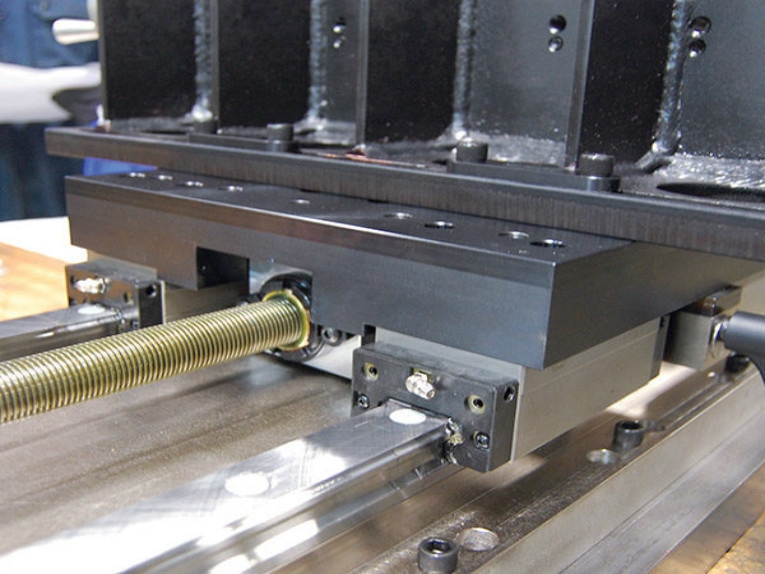
Rules for Actuator and Guide Alignment in Linear Motion Systems
Following a few simple guidelines for designing linear motion systems can improve system performance and actuator life. Many automated machines rely on linear guidance components, such as profiled rail, round rail or other rolling or sliding bearing structures, to guide and support the moving el...Read more -
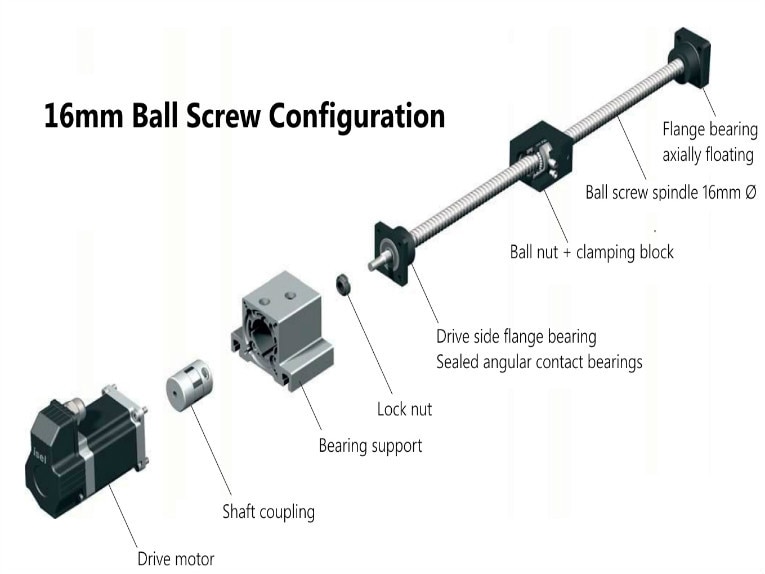
Linear Motor vs. Ball Screw
The Cost-efficient Application for Your Own Design. While ironless linear motors have been used in semiconductor and electronic applications for more than a decade, they are still viewed by many designers and OEMs as “niche” products. But the perception of linear motors as a costly solution for ...Read more -
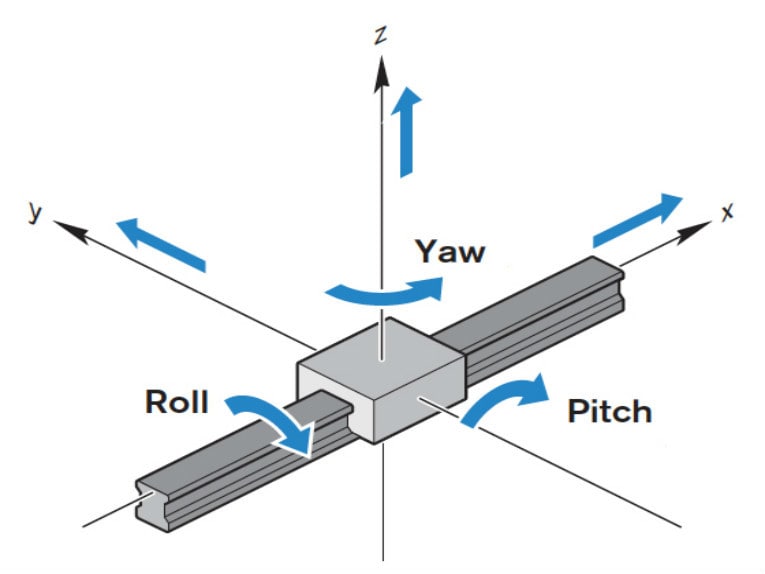
Motion basics: How to define roll, pitch, and yaw for linear systems
Including Cartesian robots, gantry systems, and XY tables. Linear guides and systems are typically subjected to both linear forces due to downward, upward, and side loads and rotational forces due to overhung loads. Rotational forces — also referred to as moment forces — are typically defined as...Read more -
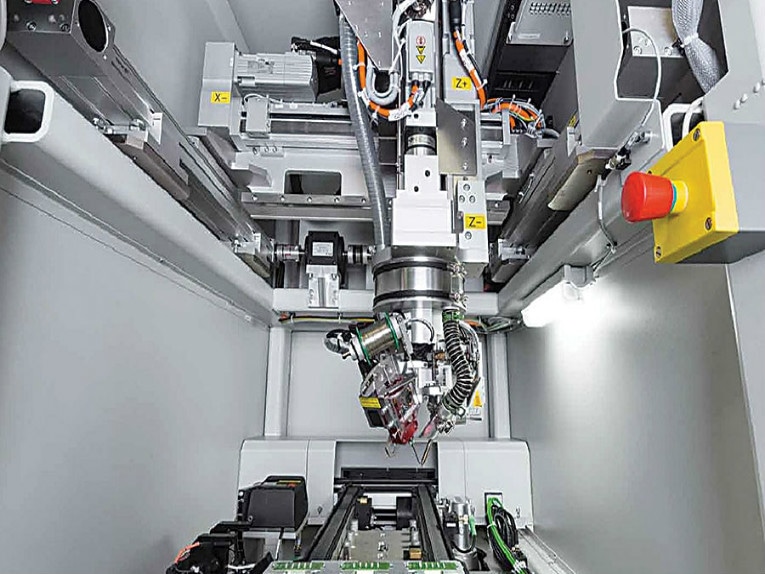
Linear Positioning Stages/Tables
Cartesian Robot for Gantry System Positioning stages and tables are used in motion control systems to hold down a work piece and/or to position it for some operation. Stages or tables, whether linear or rotary, are most often complete motion sub-systems. That is, they are motion systems themselv...Read more -
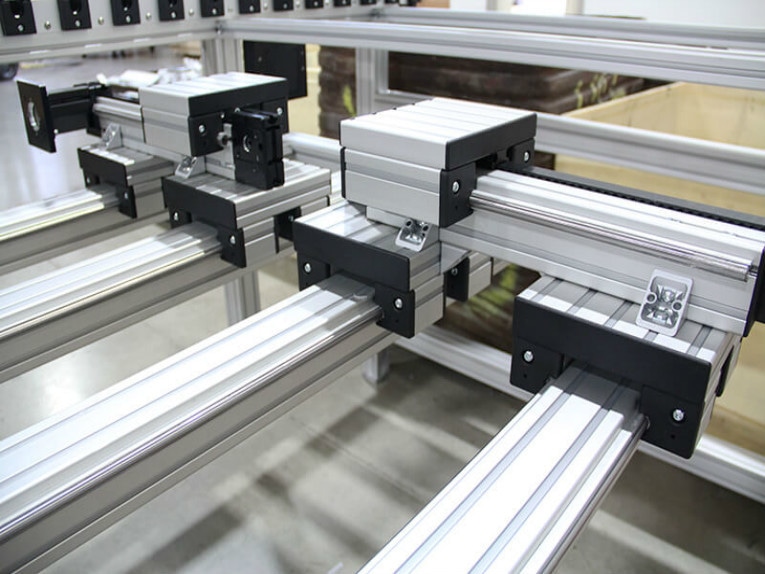
A Selection Guide for Linear Systems
Belt driven, Ball screw driven, Rack and pinion driven, Linear motor driven, Pneumatic driven systems. Gone are the days when machine designers and builders had to choose between constructing their own linear system from scratch or settling for a limited range of pre-assembled systems that, in m...Read more -
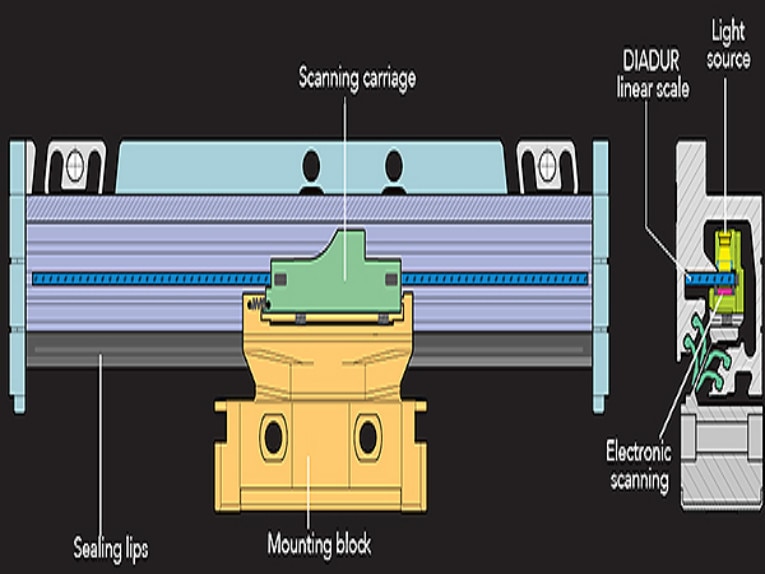
Linear Encoders Improve Accuracy
Linear encoders boost accuracy by correcting errors downstream of mechanical linkages. Linear encoders track axis position without intermediate mechanical elements. The encoders even measure transfer errors from mechanical linkages (such as rotary-to-linear mechanical devices), which helps contr...Read more -
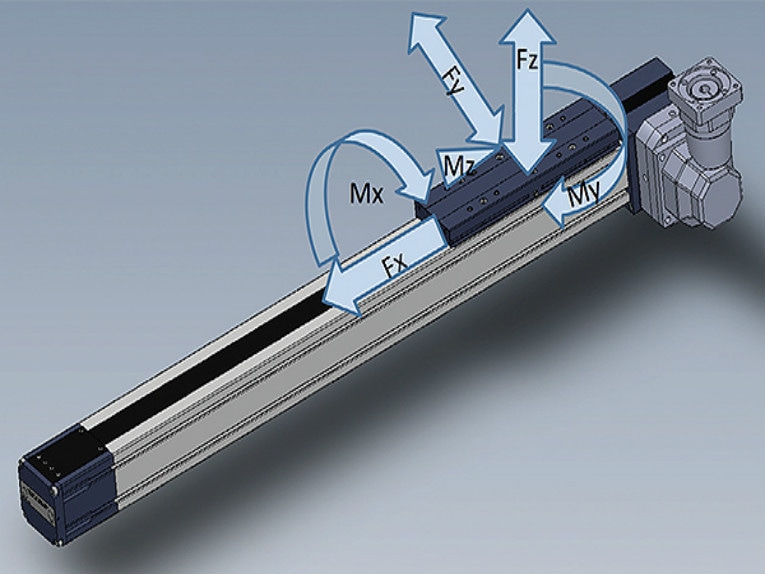
How to Get Predictable and Reliable Linear Motion
Accuracy and repeatability, Capacity, Travel length, Usage, Ambient environment, Timing, Orientation, Rates. Here are some tips on how to correctly specify and size a linear-motor-driven actuator using the mnemonic ACTUATOR—short for accuracy, capacity, travel length, usage, ambient environment,...Read more -

Horizontal and vertical Linear Stage Z Axis Positioning Stage
Positioning stages today can satisfy specific and demanding output requirements. That’s because customized integration and the latest in motion programming now help stages get incredible accuracy and synchronization. What’s more, advances in mechanical parts and motors are helping OEMs plan for ...Read more -

How to Shrink the Size of a Linear Actuator
Solution for X-Y stages and small machining centers, such as 3D printers. Linear actuators come in a wide range of sizes, but over the past several yeas, manufacturers have been emphasizing more and more compact footprints. But no matter how small the actuator, the addition of a motor can make t...Read more -
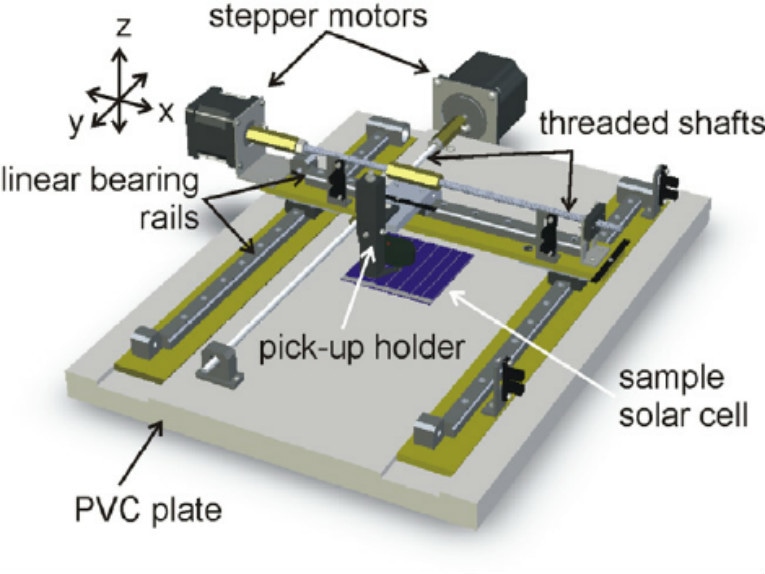
Motion Trends Update: Positioning Stages Lead Charge to Pragmatic Design
The main advances in motion over the last decade have occurred in control systems and electronics. Positioning stages today can satisfy specific and demanding output requirements. That’s because customized integration and the latest in motion programming now help stages get incredible accuracy a...Read more -
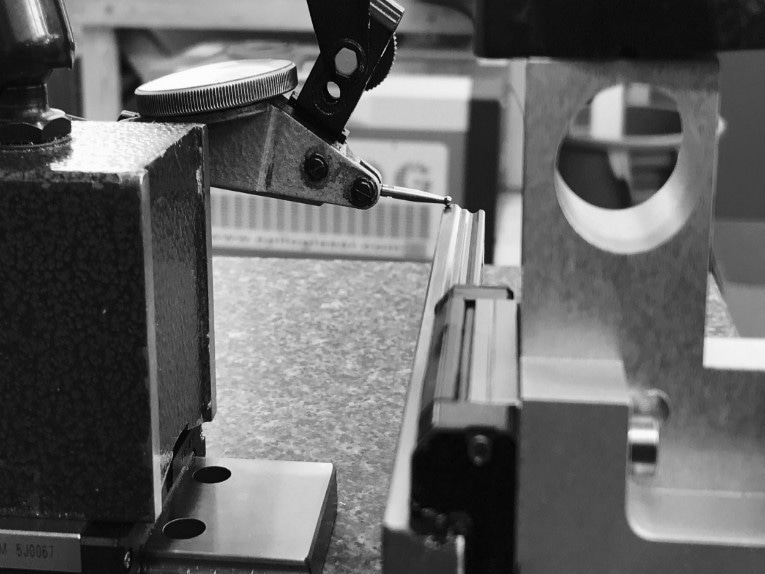
How to Choose Linear Guide Accuracy
Mounting considerations, Single block on a single rail, Multiple blocks on a single rail, Multiple bearings on multiple rails. When choosing a recirculating linear guide, there are several criteria that need to be specified, including size, preload and accuracy. And although the term “accuracy” ...Read more -
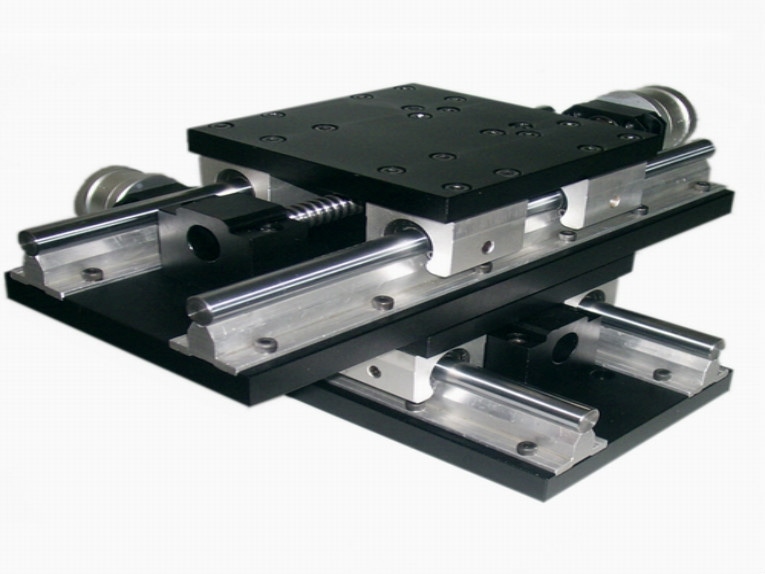
XY tables: How do they differ from Cartesian and gantry systems?
A common XY table design uses crossed roller slides and a ball screw drive for very high travel and positioning accuracies. There are many ways to build linear systems for motion in the X, Y, and/or Z directions – also known as Cartesian coordinates. The terms we generally use to refer to these ...Read more








